Cats are experts at hiding illness. A great skill for surviving in the wild, but a headache for the humans who care for them.
Thankfully, AI is changing that. From smart collars to behaviour-tracking apps, new tools can spot subtle shifts in activity or expression before symptoms show.
This week, we chat to Yukiko Iyo, founder of Japan-based startup RABO. RABO’s cat-specific Catlog health tracker is only one in a wave of startups developing cat-specific, AI-driven tech.
For us cat parents, anything that helps cats tell us what they need (and strenghtens our bond) is priceless. And long overdue.
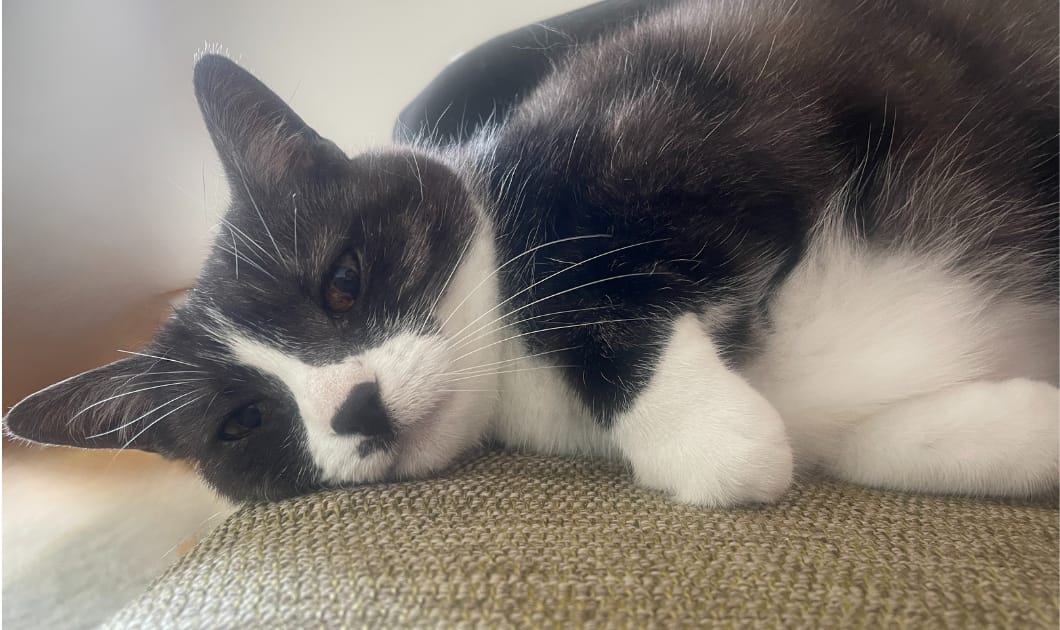
A completely gratuitous picture of Morag
News in brief
😽 CATalyst Council launches landmark 40,000 household pet ownership study on advancing feline health
Meet RABO, the AI-powered startup tracking cat health in real time
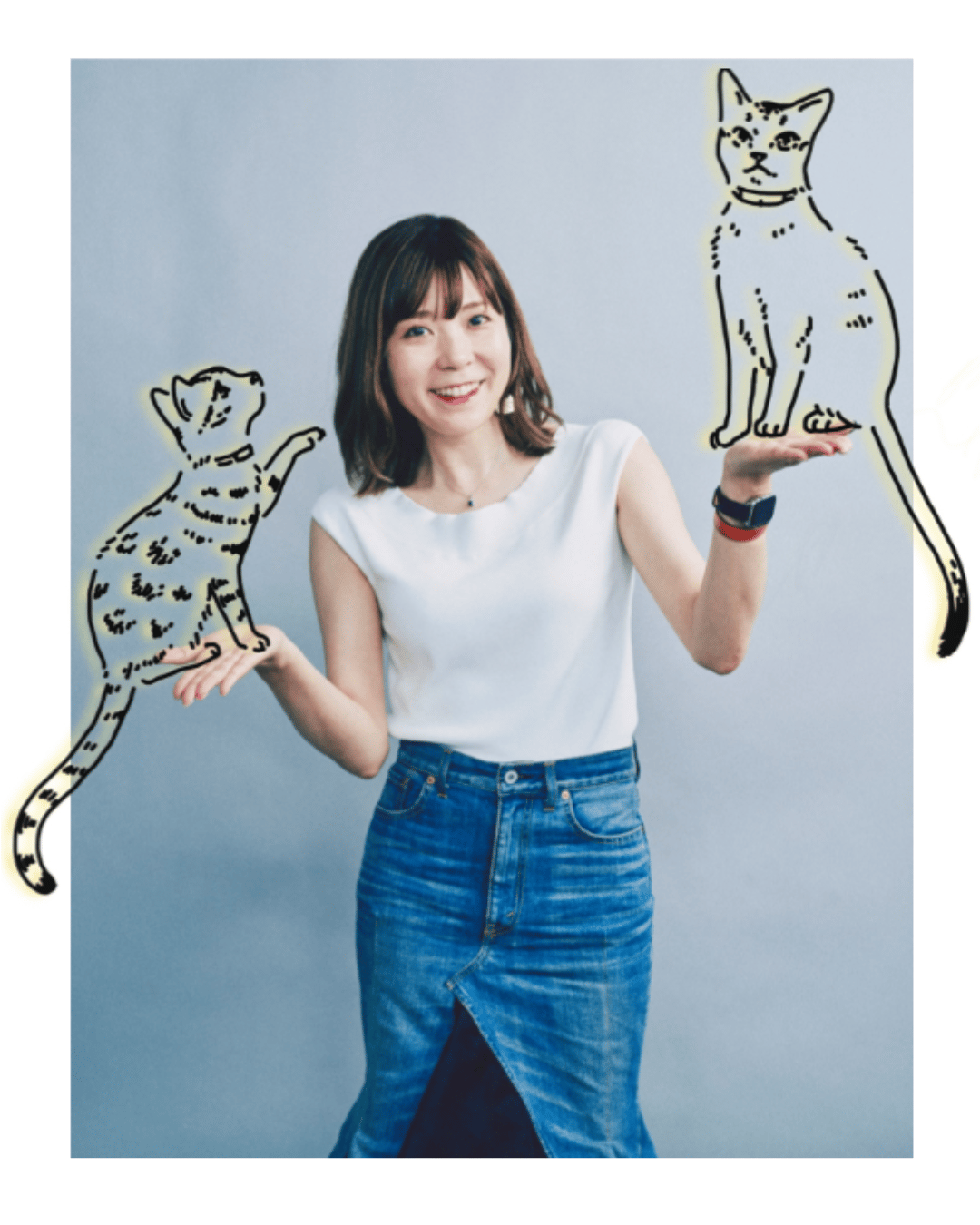
Yukiko Iyo, founder of RABO
For Yukiko Iyo, it all started with penguins.
“In graduate school, I conducted research called “biologging,” attaching small sensors to penguins and seabirds to visualise the “invisible time” of living organisms,” she told Feline Business Brief.
After graduation, Iyo shifted her research focus to humans and began working in product and service development.
But after a few years, Iyo noticed a gap in the feline care market.
“Later, while living with two cats, I realised that despite their importance as family members, it was difficult to notice changes in their health, and I rarely took them to the vet,” she said.
That mission led to the creation of Catlog, an AI-powered smart collar and sensor system that allows cat owners to monitor sleep, grooming, activity, and more.
“I want to visualise the ‘invisible time’ of cats,” she said, “so that we can care for them better.”
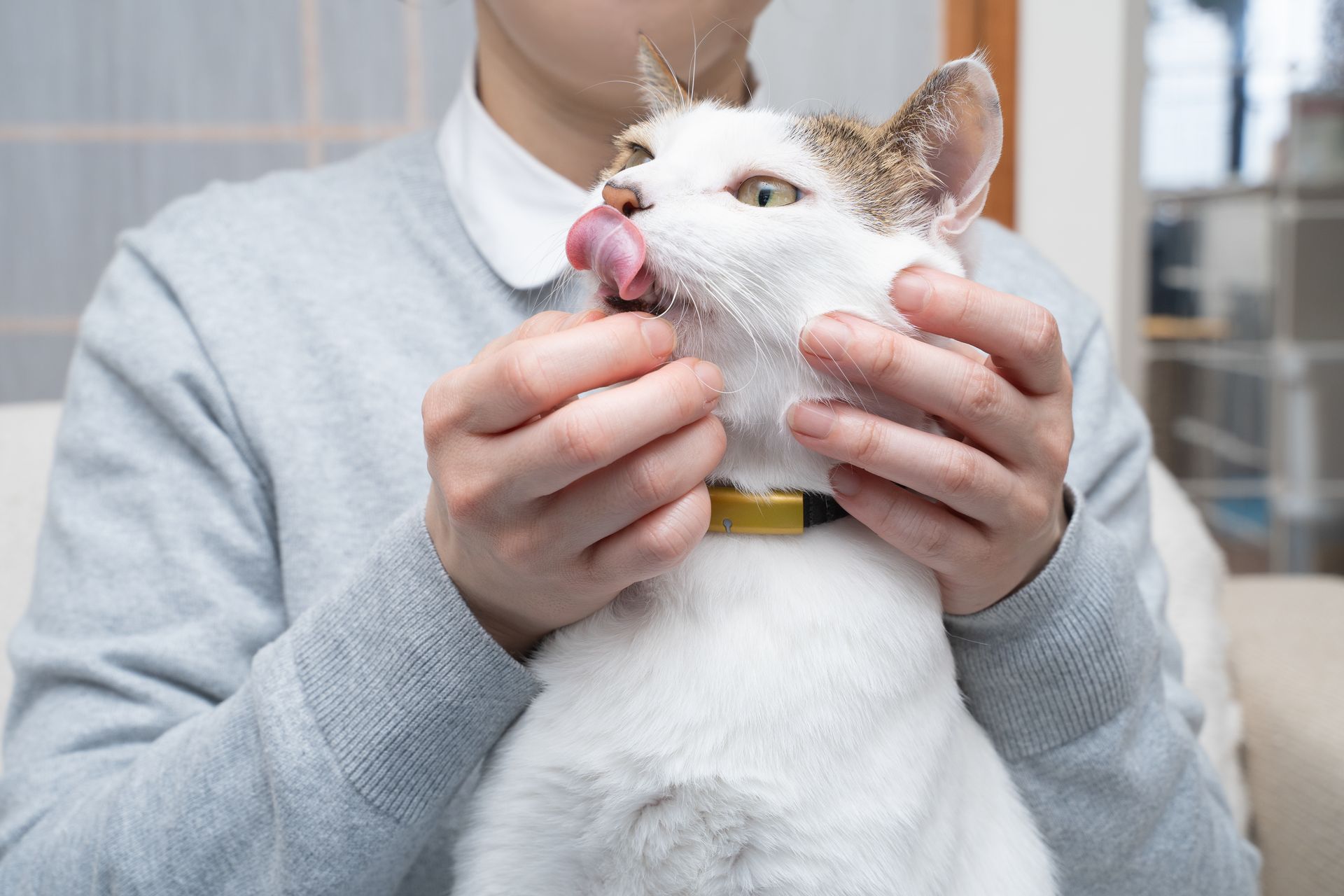
AI-POWERED ECOSYSTEM
The Catlog collar works in tandem with a mat placed under the litter box, generating insights about a cat’s health and behaviour, and alerting owners to signs of change. The platform also provides daily summaries through a sleek app.
“Catlog is a complex product that integrates hardware, software, and AI,” Iyo said. “Developing all of these simultaneously was challenging, but very rewarding.”
RABO works to improve the accuracy of its algorithms through user feedback, as well as through collaboration with veterinarians and research institutions.
Catlog tracks a range of cat behaviours, including time spent drinking, eating, grooming, exercising and sleeping. It also tracks frequency and volume of urination, among other elements.
And unlike many pet tech startups, RABO has chosen to focus exclusively on cats for the time being.
“While both cats and dogs have lived with humans for a long time, they differ significantly in both biology and behaviour,” Iyo said.
“We also believed that owners' insights differ, so we decided to approach each species separately rather than treating them as a broad “pet” category.”
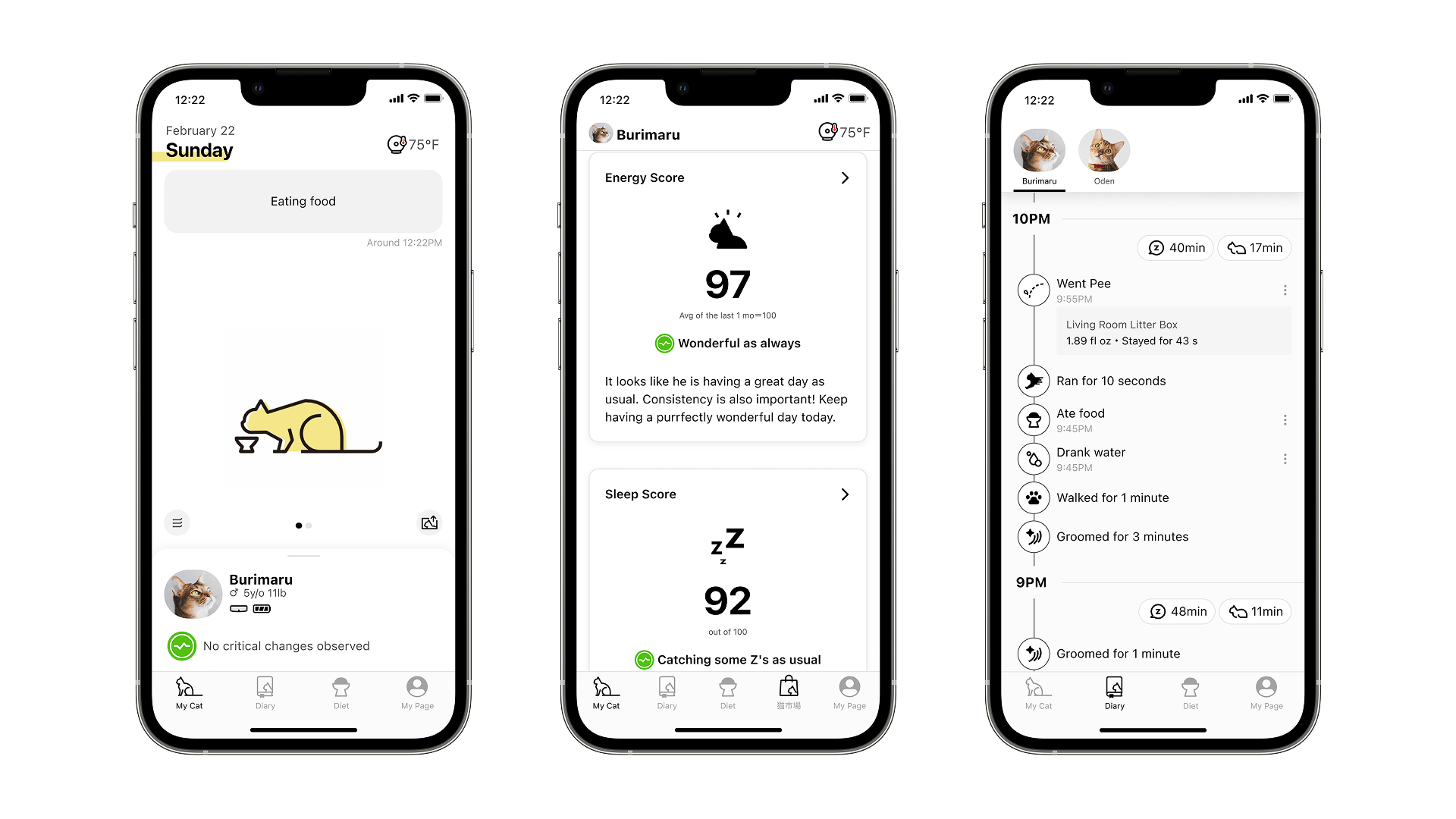
FELINE-FOCUSED
That species-specific focus has paid off.
RABO has raised approximately JPY3 billion (approximately US$20 million), making it Japan’s most well-funded pet tech company to date.
“Investor interest is also very high, with the product's quality, strong customer engagement, multiple monetisation points, and global expansion potential being highly evaluated,” Iyo said.
More recently, RABO also launched a “stress score” feature, using AI to evaluate and track feline stress in real time. This is the latest step toward Iyo’s long-term goal of redefining preventative care for cats.
Looking ahead, RABO is also eyeing international markets and even working on its first dog-focused product. But, Iyo added, cats remain at the heart of the brand.
“We aim to redefine primary care for companion animals, centred on cats,” she said.
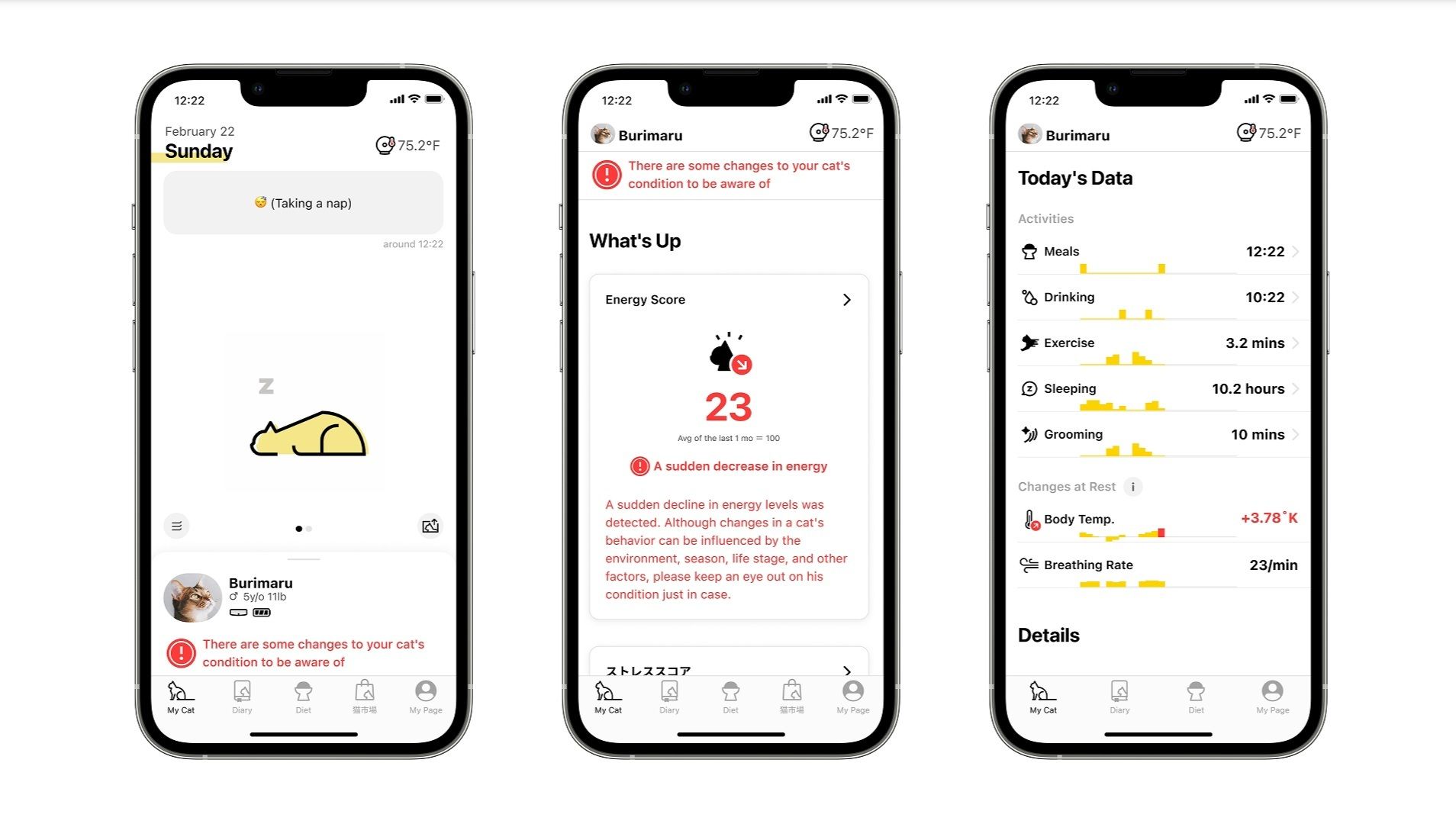
Using AI to read that (adorable) poker face: a fast-growing market

The global AI in animal health market size was estimated at US$1.6 billion in 2024, according to Grand View Research (the firm did not break this down into dog versus cat-focused segments). The market is projected to reach US$4.9 billion by 2030, growing at a CAGR of 22.1% from 2025 to 2030.
So it’s not surprising that RABO is not the only startup developing AI-powered tech to analyse feline health:
Sylvester.ai analyses a single photo via computer vision to deliver a real-time feline pain score based on facial expressions (Feline Grimace Scale). More than 350,000 images trained the AI to read what even seasoned vets can miss.
Moggie created an AI wearable tracking sleep, eating, grooming, and activity, translated into real-time health alerts. With up to 6 million data points collected weekly, this tech spots the subtle signals of conditions like arthritis or thyroid issues before a visible symptom appears.
What’s your cat trying to say? Ask AI
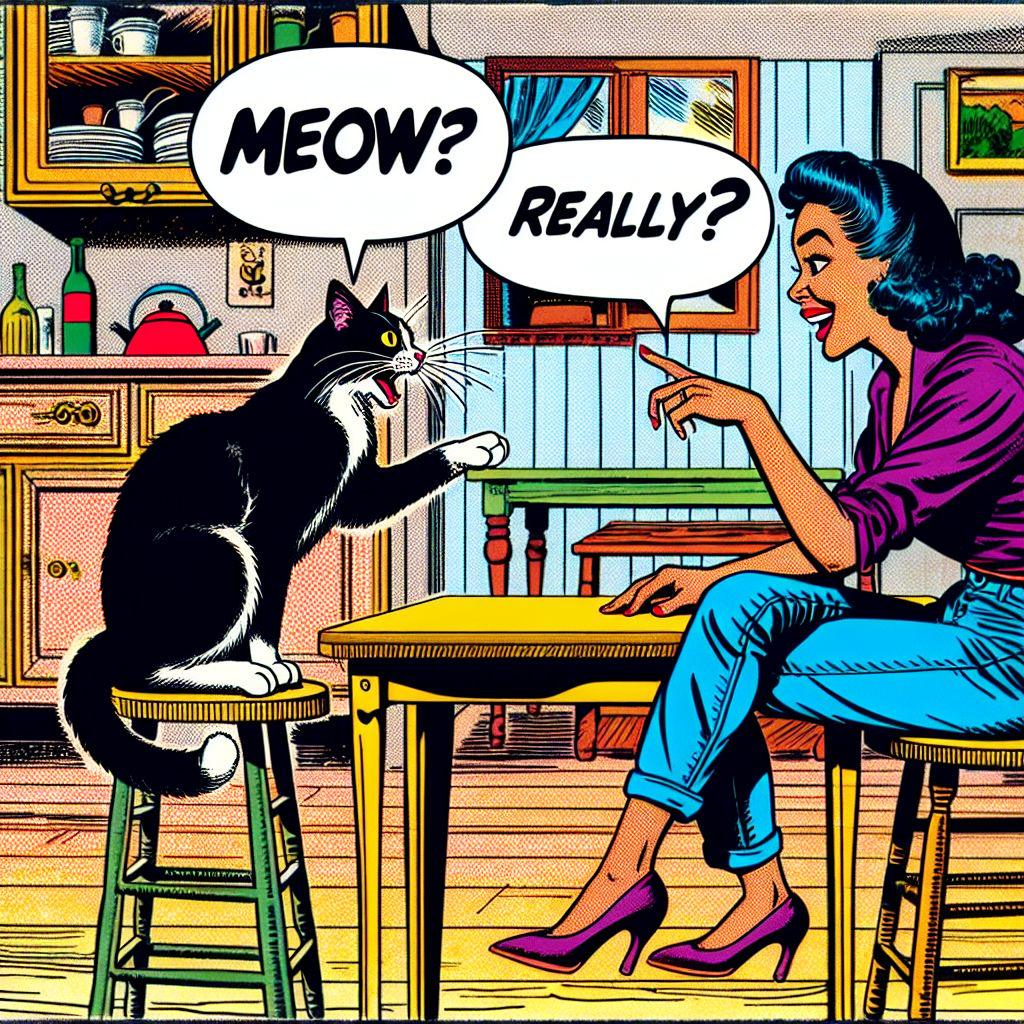
Most AI-driven techology strives to ‘translate’ feline behaviour into actionable health data. But some startups are also trying to decipher actual cat miaows / purrs / mrrr's into human language.
In 2018, AI researchers trained a sound-pattern classifier using a library of 3,000 cat-call clips called CatSound, achieving around 91% accuracy in distinguishing meow types like purrs or hisses.
And in 2019, a University of Milan study examined miaows aimed at humans. Researchers learned that a “feed me” miaow had a different form from a “where are you?” miaow or a “brush me” miaow.
This has led to real-world tools like the MeowTalk, which is able to recognise basic intents such as “hungry”.
And this year, Pattern’s Feline Glossary Classification 2.3 took it even further. The study grouped miaows into 40 behaviour-based categories, with an impressive reported recognition accuracy north of 95%.
A question for you, dear readers: What do you think your cat says to you most often? (In Morag’s case, it’s probably something food-related like, “Hey! You! I asked for CHICKEN flavour!!”)
Until next week! 🐾
P.S. We’d love to know what you think! Is there anything in particular you’d like us to cover? Just reply to this email.
Turn AI into Your Income Engine
Ready to transform artificial intelligence from a buzzword into your personal revenue generator
HubSpot’s groundbreaking guide "200+ AI-Powered Income Ideas" is your gateway to financial innovation in the digital age.
Inside you'll discover:
A curated collection of 200+ profitable opportunities spanning content creation, e-commerce, gaming, and emerging digital markets—each vetted for real-world potential
Step-by-step implementation guides designed for beginners, making AI accessible regardless of your technical background
Cutting-edge strategies aligned with current market trends, ensuring your ventures stay ahead of the curve
Download your guide today and unlock a future where artificial intelligence powers your success. Your next income stream is waiting.
